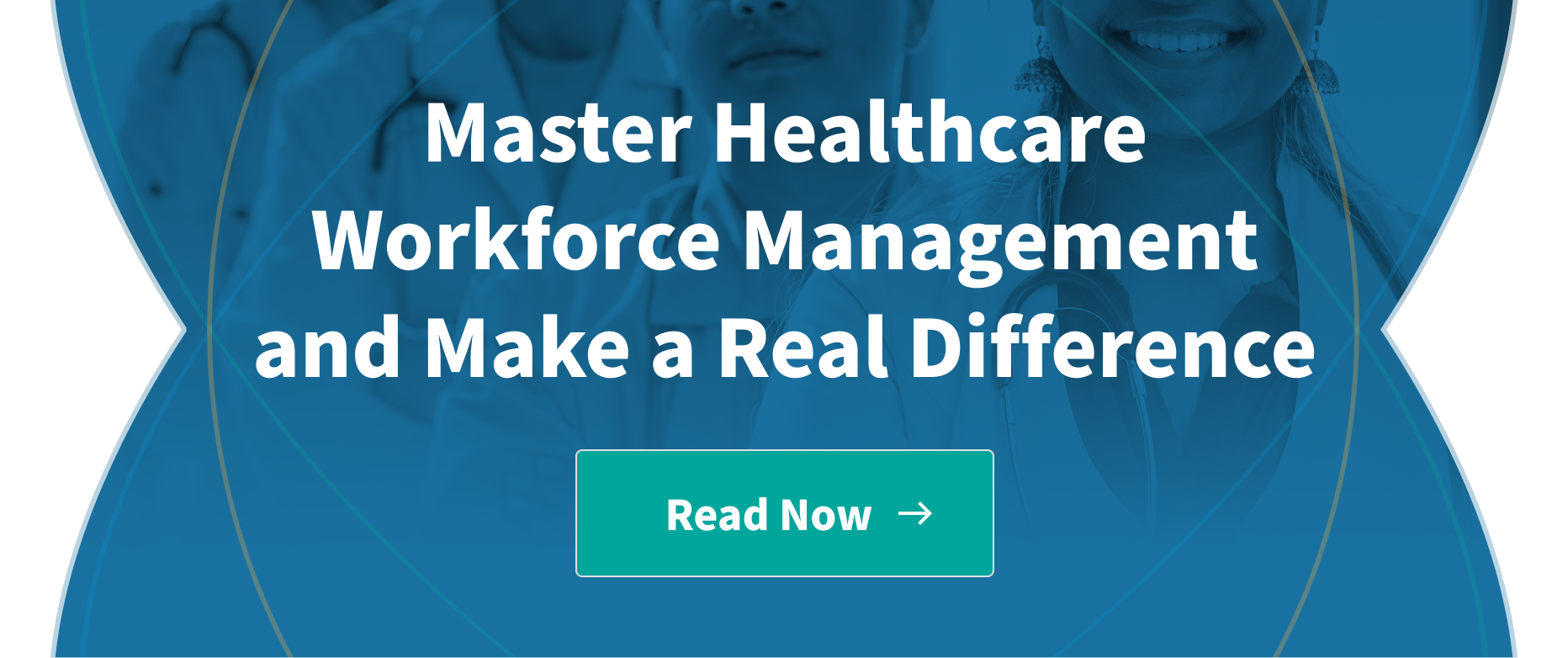In the world of healthcare, being able to answer the question "What is predictive analytics in healthcare?" is critical to your success. With complex data landscapes and intricate challenges, predictive analytics offers a transformative solution. In this post, we’ll dive into the valuable insights you can unlock with predictive analytics within healthcare.
Read on as we uncover the ways predictive analytics shape decision-making and outcomes from forecasting resource utilization to enhancing operational efficiency. The process of implementation involves strategic data collection, model development, and seamless integration, all contributing to improved patient outcomes, optimized resource allocation, and empowered decision-making. Ethical considerations and emerging trends round out the discussion, leaving us poised to embrace predictive analytics for a future where healthcare insight knows no bounds.
Understanding Predictive Analytics in Healthcare
Predictive analytics in the healthcare industry involves the use of:
- Historical and real-time data
- Statistical algorithms, and
- Machine learning techniques.
They come together to forecast future outcomes and trends. It leverages patterns and relationships within the data to make informed predictions about patient conditions, treatment efficacy, and resource utilization.
Key concepts and techniques used in predictive analytics include:
- Data mining - the extraction of valuable patterns from large datasets
- Machine learning - enables computers to learn from data and improve their performance over time
- Statistical modeling. - encompasses the creation of mathematical models to analyze relationships within the data and make predictions.
Leveraging predictive analytics aids in forecasting patient admissions, optimizing staffing levels, and allocating resources effectively. Furthermore, it empowers healthcare providers to make evidence-based decisions, enhance patient care, and improve overall operational efficiency.
Applications of Predictive Analytics in Healthcare
There are two key applications of predictive analytics in healthcare:
- Forecasting healthcare resource utilization and demand, and
- Improving operational efficiency and cost management.
By analyzing historical data and current trends, it can predict elements such as patient admissions, emergency room/doctor’s office visits, and the need for medical supplies. This information allows healthcare facilities to allocate resources strategically, ensuring that they are prepared to meet patient needs efficiently while also keeping providers adequately staffed without overworking/underworking personnel.
How exactly does predictive analytics assist with improving operational efficiency and cost management? Through analyzing data on patient flow, appointment scheduling, and treatment outcomes. Predictive analytics can identify bottlenecks and inefficiencies in healthcare processes. This enables healthcare organizations to optimize workflows, reduce wait times, and allocate resources more effectively, ultimately leading to cost savings, happier staff and enhanced patient experiences.
Key Steps in Implementing Predictive Analytics in Healthcare
Implementing predictive analytics in healthcare involves several key steps.
- Data collection and preparation - This includes gathering relevant data from sources like electronic health records and wearable devices. The data then goes through processes such as cleaning, integration, and normalization to ensure accuracy and consistency.
- Model development and validation - This step requires selecting the right predictive analytics models and algorithms based on the specific healthcare use case. The chosen models are trained and tested using historical data to assess their accuracy and reliability in making predictions.
- Deployment and integration - Once validated, the predictive models are ready for deployment and integration into healthcare workflows. It's essential to ensure seamless integration with existing healthcare technologies, such as electronic health record systems and patient management platforms. This integration allows healthcare professionals to access and utilize predictive insights in their day-to-day decision-making processes.

Benefits and Impact of Predictive Analytics in Healthcare
Predictive analytics in healthcare offers a range of significant benefits and impacts.
- It leads to improved patient outcomes and personalized care
- Operational efficiency is enhanced through optimized resource allocation, ensuring that healthcare facilities run smoothly and effectively
- Cost savings and waste reduction result from more accurate demand forecasting and streamlined resource allocation.
Using a platform such as Kimedics Healthcare Workforce Solutions helps healthcare organizations to forecast their workforce risks such as where they might be:
- Over budget with locums
- Over budget with overstaffing
- Facing burnout risk from doctors with too high productivity, and
- Risking having too many temporary doctors leading to a lack of team morale and leadership
When you use a program like Kimedics, your predictive analytics will also help highlight opportunities and outliers. You’ll also have a better understanding of things like:
- Where it is taking too long to fill staff needs
- When it’s taking too much time to onboard providers
- Where there is a drop off in conversion from onboarding to fully onboarded
- Important KPIs on days scheduled in advance and the percentage of non-starts (i.e. personnel that go through all onboarding and never actually start working)

Challenges and Future Trends
Navigating the landscape of predictive analytics in healthcare presents both challenges and exciting prospects. Discussing challenges and limitations is essential, including concerns about data quality, interpretation complexity, and the need for skilled personnel. Exploring emerging trends and advancements, such as the integration of AI and machine learning, holds promise for refining accuracy and widening the scope of predictive insights, shaping a transformative future for healthcare analytics.
A brief look at the challenges and limitations of predictive analytics in healthcare
Predictive analytics in healthcare offers tremendous potential, yet it also faces several challenges and limitations. One key challenge is the quality and availability of data – ensuring that the data used for analysis is accurate, complete, and representative. Healthcare data is often fragmented and stored in different systems, making integration and cleaning a complex task.
Interpreting the predictions generated by models can be challenging, requiring expertise in both data science and healthcare domain knowledge. As we mentioned above, ethical concerns related to patient privacy and data security must also be carefully managed, as predictive analytics involves sensitive patient information. Finally, there's a need for ongoing validation and refinement of models to ensure they remain accurate in a dynamic healthcare environment.
Despite these challenges, advancements in technology and a growing emphasis on data-driven decision-making continue to drive the evolution of predictive analytics in healthcare.

Unlock the Data You Need to Make Better Decisions
The significance of predictive analytics in healthcare cannot be overstated. This transformative technology has the power to revolutionize patient care, operational efficiency, and decision-making in the healthcare industry. Harnessing the potential of predictive analytics gives healthcare organizations the ability to unlock valuable insights from complex data sets, leading to improved patient outcomes, streamlined processes, and better resource allocation.
Kimedics workforce management software offers a comprehensive solution for efficient healthcare organization operations. Our platform empowers you to streamline scheduling and staffing processes. Consolidate availability, broadcast open shifts to staff and collaborating organizations, create staffing models, and seamlessly schedule across multiple locations. With Kimedics, you can optimize your healthcare workforce management and enhance operational efficiency. Click here to learn more about what Kimedics can do for your healthcare organization.


